The children of Israel dwelled in the Nile delta region or the land of Rameses, and initially settled at the northern tip of the Gulf of Suez or Succoth at the start of the Exodus. This was the very first point where they entered into the camping state. Then they journeyed through the wilderness of the Red Sea, or what we call today the Sinai Peninsula, and after 3 days of quick traveling they came across the Gulf of Aqaba at Nuweiba Egypt. (I Kings 9:26 calls the Gulf of Aqaba Yam-Suf or the Red Sea.) When journeying through “the wilderness of the Red Sea” Ex.13:18, running away from Pharaoh’s army, God informed Moses to turn south, so they headed through a wadi or canyon region that is called the Wadi Watir which led to the sea.
Let us now explore the archeological evidence for the Red Sea crossing!
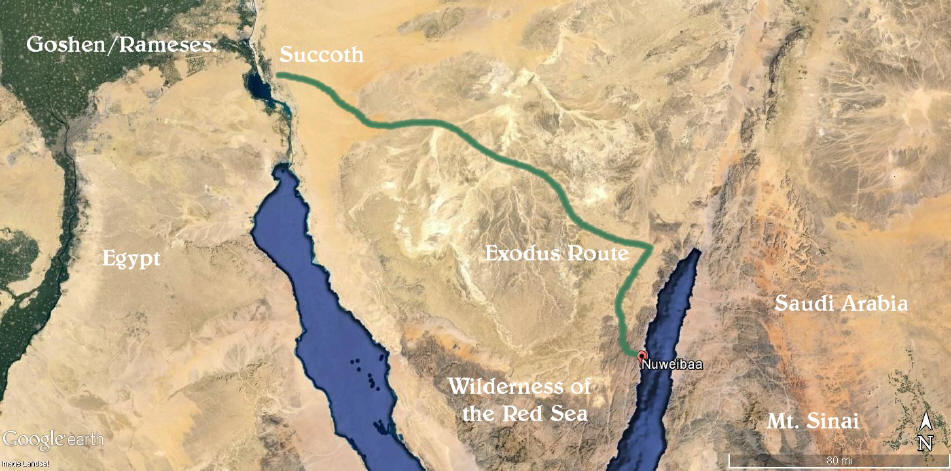
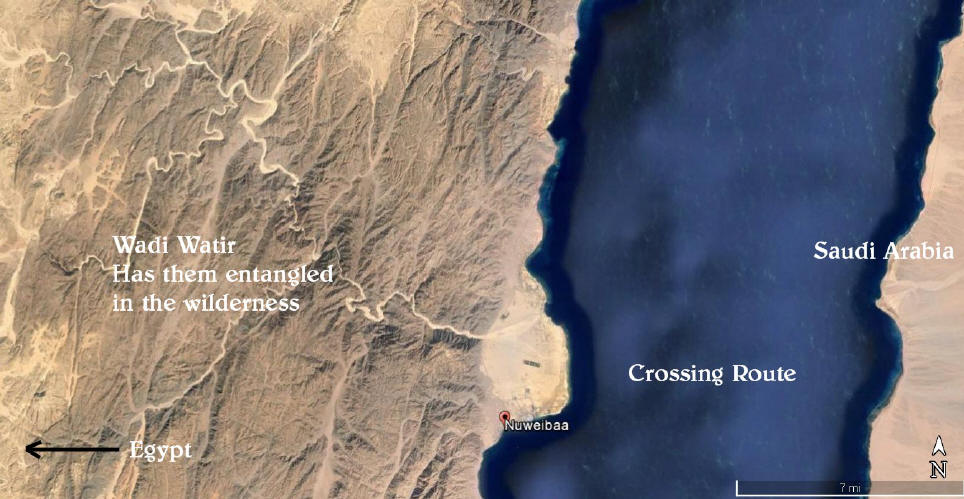
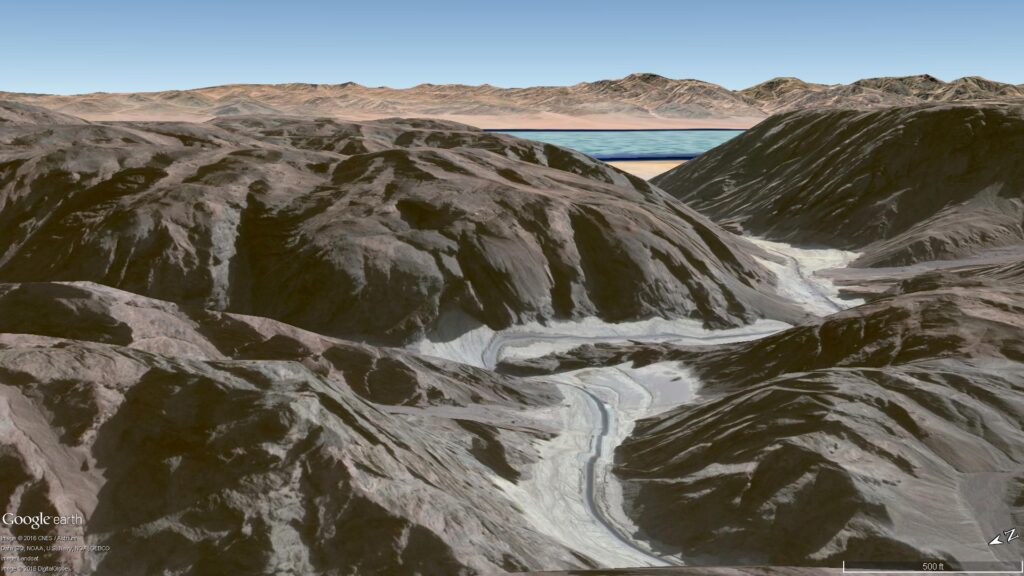
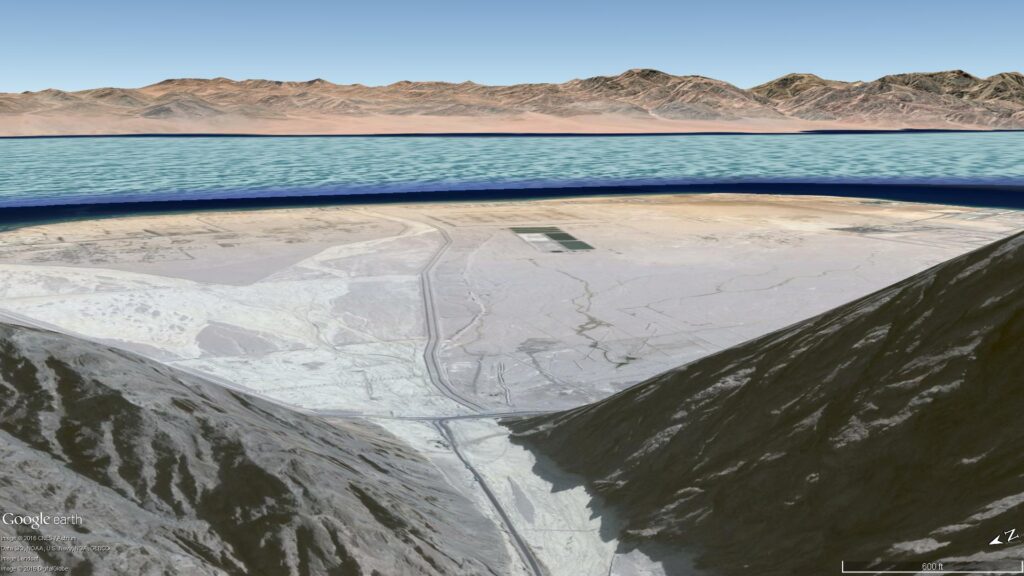
If one searches a map for a beach location big enough for 2 million people to encamp on the gulf there is only one prospect: Nuweiba Egypt. The beach at Nuweiba is incredibly big and might have accommodated a multitude of individuals at the time of Moses.
A pillar of granite 25′ long that was also put there by King Solomon to mark the crossing site was discovered in the water with most of the writing deteriorated by the waves and sand. Egypt then erected it in Nuweiba.
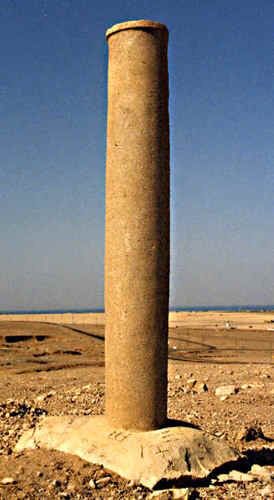
The main reason they know that Solomon placed it is due to the fact that they discovered an identical pillar on the other side of the Red Sea with the writings still on it which in Hebrew had the story of the crossing. The other column was confiscated by the Saudi Arabian government and a marker was put where it once stood.
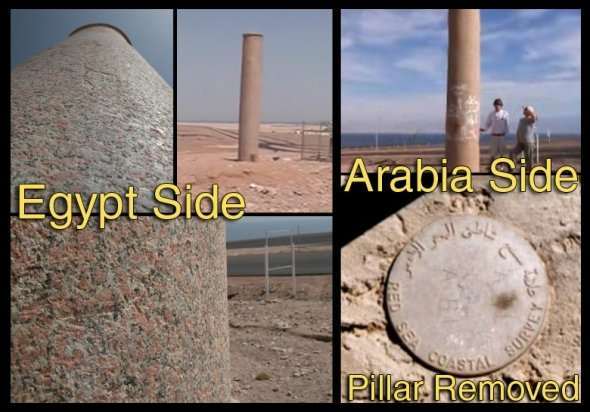
God triggered a strong east wind to blow the waters back so the people could march 13 miles through the Red Sea to safety in Arabia. The crossing pathway is about a quarter to a half mile wide and is on a gradual slope down to the bottom of the Red Sea and then up to the Saudi beach. On either side of this pathway are the depths of the Red Sea, the Eilat Deep and the Aragonese Deep, each 5000 and 6000 feet deep respectively.

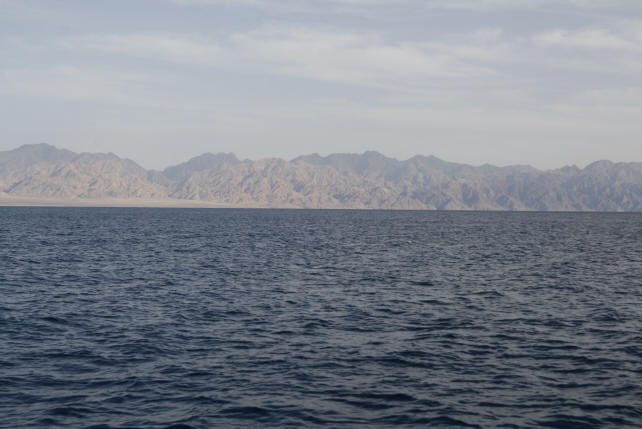
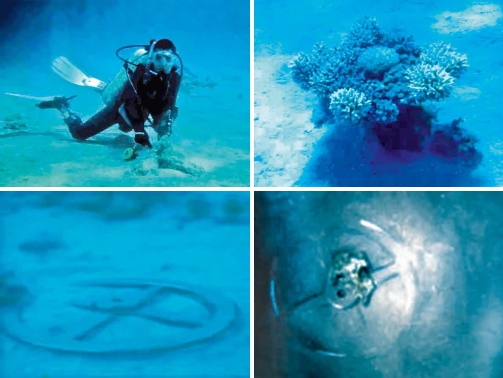
Above is one of many pictures taken of a gilded chariot wheel that remains on the sea floor. It was discovered by Ron Wyatt using a molecular frequency generator from his boat above, after he set the equipment to look for gold. The Bible stated all the chariots of Egypt and 600 choice chariots, or gold veneered models, were in the army pursuing God’s people. It is hypothesized there were 20,000 chariots wiped out that day. Above, right, is a drawing of a 4 spoke chariot discovered in an Egyptian burial place from the exact same period. 4, 6 and 8 spoke wheels are discovered here in the gulf, and were only used at the same time throughout the 18th dynasty or 1446 BC when the exodus occurred.
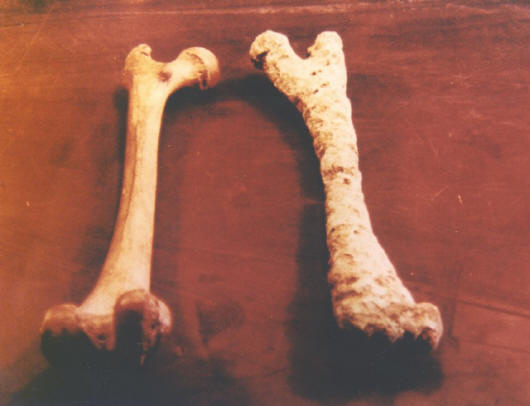
There are numerous chariot wheels, plus human and horse bones at the crossing site. Above on right, is a human femur bone that is covered by coral, and was tested at Stockholm University. It is from the right leg of a man 165-170cm tall. It is basically mineralized by resting in the Red Sea for 3500 years.
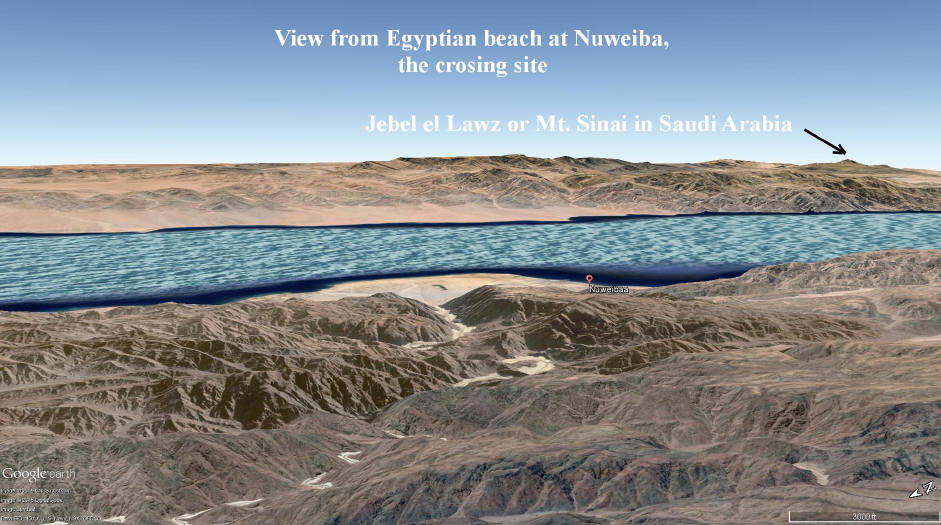
From Nuweiba we can see the real Mt. Sinai also known as Jebel el Lawz with its blackened peak over in Saudi Arabia.
Return from “Archeological Evidence For The Red Sea Crossing” to “Archeological Evidence For The Bible“